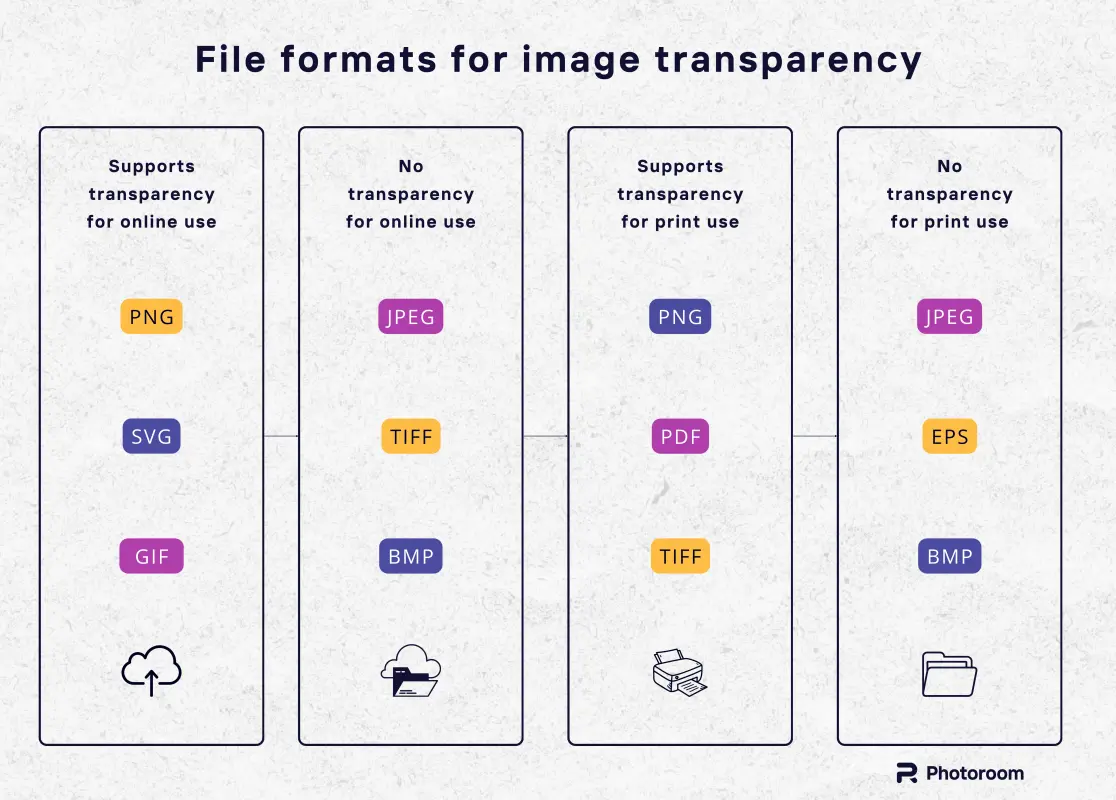When Should You Convert Images to PDF?
When Should You Convert Images to PDF?
Blog Article
In today’s digital world, managing and sharing files efficiently is essential. Whether you're a student, a professional, or just someone looking to organize personal documents, understanding when to convert images to PDF can help streamline your workflow. While images are excellent for viewing on devices, converting them into PDF format provides a host of advantages. But when is the right time to make the switch?
Let’s explore the best scenarios for converting images to PDF, and why using an image to PDF converter is often your smartest move.
1. For Professional Presentation and Document Sharing
If you're sending a portfolio, a project report, or important scanned documents via email or digital platforms, converting images to PDF ensures that your content is presented neatly. PDFs are universally accepted across platforms and preserve layout, text clarity, and image resolution.
JPEG or PNG files can lose quality when resized or printed. In contrast, PDFs maintain formatting, regardless of the viewer’s device or software. This is why businesses and professionals prefer PDFs for official communications and file sharing.
2. To Merge Multiple Images Into One File
Ever tried sending multiple scanned pages of a document as individual images? It’s frustrating for the recipient to view and manage each file separately. Instead, you can use an image to PDF converter to combine all your image files into a single, organized PDF.
This is especially useful for:
- Students submitting handwritten assignments.
- Businesses handling signed contracts.
- Individuals compiling receipts, ID documents, or forms.
By converting to PDF, you create a clean, professional file that’s easier to store, share, and access.
3. For Better Storage and File Management
Images, especially high-resolution ones, can take up a lot of space on your device. Converting them into a PDF can help compress the overall file size without significantly affecting quality. PDFs also make it easier to manage and categorize files.
For example, you can group images by project, subject, or date within a single PDF. This reduces clutter and enhances organization, whether you're working on a mobile phone or a computer.

4. When You Need Printing Consistency
Printing from an image file often leads to frustrating results. Colors may look off, text can be blurry, and dimensions might not match. PDFs, however, are designed for print accuracy. They embed fonts and maintain formatting, ensuring what you see on screen is what you get on paper.
This is crucial when printing:
- Tickets or boarding passes.
- Official forms.
- Business cards or flyers.
- Photographic evidence for legal or insurance purposes.
Before heading to the printer, converting your images to PDF ensures a smoother, more reliable result.
5. To Enhance Document Security
Security is another strong reason to convert images into PDF. Unlike image files, PDFs can be password-protected, encrypted, and watermarked. This gives you more control over who can view, print, or edit your documents.
If you're sharing sensitive images like personal IDs, tax documents, or legal papers, converting them to PDF allows you to add a layer of protection and confidentiality that image formats lack.
6. For Archiving and Long-Term Storage
PDFs are the standard for digital archiving. They are less susceptible to corruption, and their structure is designed for longevity. When you need to keep important documents or memories safe for years, converting your images into PDF is a smart step.
Imagine scanning your family photo albums, medical records, or business receipts. Saving them as PDFs ensures the files remain accessible, readable, and backed up properly for the long term.
7. To Improve Accessibility and Usability
PDFs support features like searchable text (when OCR is used), bookmarks, and tagging. These make it easier to find specific information, especially in long documents. If you convert handwritten notes or printed pages to PDF and apply OCR (optical character recognition), you can search the document like a text file.
This is a big win for students, researchers, and professionals who need fast access to information within scanned documents or notes.
8. When Submitting Files Online
Many websites, government platforms, and educational institutions only accept documents in PDF format. Submitting JPEG or PNG images often results in rejections or formatting errors.
Here’s where a reliable image to pdf converter becomes indispensable. It allows you to quickly transform your images into PDF files that meet submission standards without losing quality.
Using an online tool means you don’t need to download heavy software. You just upload your images, convert them, and download a ready-to-use PDF in seconds. It’s fast, secure, and hassle-free.
Final Thoughts
Converting images to PDF is not just a technical decision—it’s a practical solution for better document management, improved security, and professional presentation. From merging multiple photos to preparing print-ready files or submitting assignments, PDFs offer unmatched flexibility.
Whenever you need to present, archive, or share images in a clean and organized way, consider using an image to PDF converter. It simplifies the process and ensures your documents are accessible and secure across all platforms. Report this page